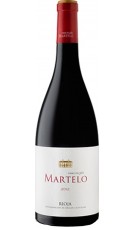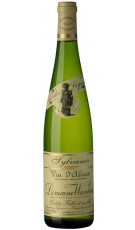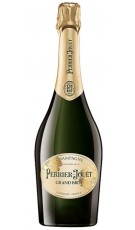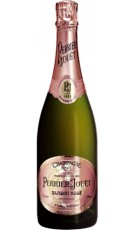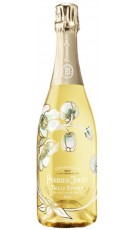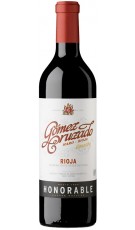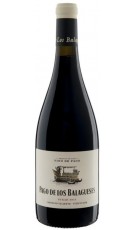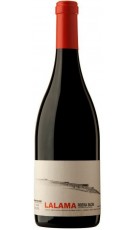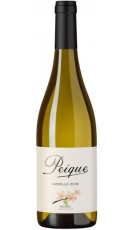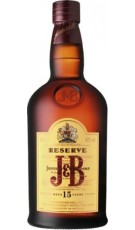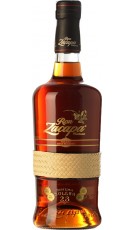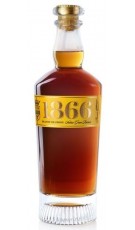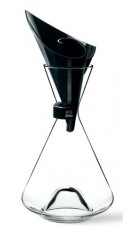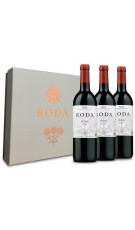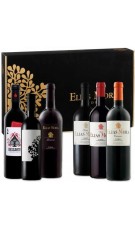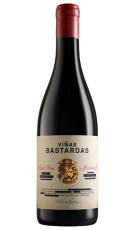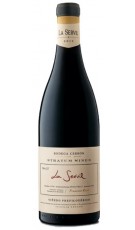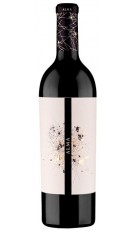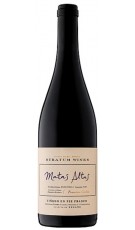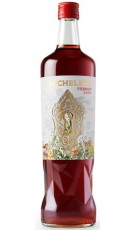
Denominación de Origen Jumilla There are 53 products.
La Denominación de Origen Jumilla posee una tradición vinícola importante desde siglos pasados. Ya desde la romanización hispánica, la vid era cultivada en este territorio. Pero fue a mediados del siglo XIX cuando la plaga de la filoxera castiga amplios territor...
Catalog
-
Clio 2021
Red Wine.BODEGAS EL NIDOJumillaSuperb red considered already mythical. Intense of great concentration with a very intelligent use of the wood where balsamic and minerals do not eliminate the fruit notes at any time.
In stock -
Casa Castillo Cuvée N Viñas...
Red Wine.CASA CASTILLOJumillaThis is a 100% Monastrel wine, making the power and concentration of the area rightly in the background. One of the 3 best wines of this D.O. Murcian.
Reduced price! -
Casa Castillo Pie Franco 2022
Red Wine.CASA CASTILLOJumillaThis is a Monastrel wine, the most mineral of all those in the winery power and concentration. The Wine Advocate distinguished its previous vintage as one of the 3 best wines of this D.O. Murcian.
Reduced price! -
Clio 2023
Red Wine.BODEGAS EL NIDOJumillaSuperb red considered already mythical. Intense of great concentration with a very intelligent use of the wood where balsamic and minerals do not eliminate the fruit notes at any time.
In stock -
Casa Castillo La Tendida 2022
Red Wine.CASA CASTILLOJumillaWe are looking for a wine made with 85% Monastrell, 15% Garnacha, made from old, fresh vineyards, covered by a type of stone. A friendly and light wine, with a fruity character, tasty and easy to...
Reduced price!In stock -
Matas Altas Blanco 2023
White wine.BODEGA CERRÓNJumillaMatas Altas Blanco is a village wine that marks the character of the old vineyards planted free-range in the municipality of Fuente Álamo. Set on calcareous soils in different textures, it...
Reduced price! -
La Calera del Escaramujo 2021
Red wine.BODEGA CERRÓNJumillaLa Calera is a unique vineyard planted free-standing that climbs the north face of a slope up to 940 meters above sea level. This vineyard was abandoned for 20 years due to the difficult access and...
Reduced price! -
La Servil 2023
Red wine.BODEGA CERRÓNJumillaThe service is one of the places in the Fuente-Álamo area with sandstone and gravel. The old vines planted with French vines define a fresh and fluid Mediterranean landscape with austere content...
Reduced price! -
Alma de Luzón 2019
Red Wine.BODEGAS LUZÓNJumillaEach of these bottles contains the SOUL of the winery along with the dreams and passions of a whole team. Alma de Luzón is the wine that unites the emotions with the senses. From the velvety...
Reduced price!In stock -
Matas Altas 2023
Red wine.BODEGA CERRÓNJumillaMatas Altas, red wine made from Monastrell by the Cerdán family in Fuente-Álamo. A village wine made from old vines planted bare foot on calcareous soils that result in a fully harmonious whole.
Reduced price!In stock -
Vermut Artesano Carcheleto
Vermouth.BODEGAS CARCHELOJumillaVermouth from Bodegas Carchelo, with an original and totally handmade production, stands out for its limpid amber color with mahogany reflections and aromas that express hints of citrus and scented...
Reduced price!In stock
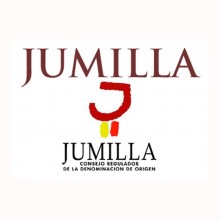
La Denominación de Origen Jumilla posee una tradición vinícola importante desde siglos pasados. Ya desde la romanización hispánica, la vid era cultivada en este territorio. Pero fue a mediados del siglo XIX cuando la plaga de la filoxera castiga amplios territorios europeos, sobre todo Francia; lo que motivó el despegue espectacular de la economía vitícola jumillana, con el aumento de las plantaciones de vid y un incremento significativo de las exportaciones de mosto al país vecino, lo que enriquecerá al sector agrario local. Con el paso del tiempo, Jumilla se convertirá en una de las Denominaciones de Origen más antiguas de España, con reglamentación desde 1966. Desde principios del siglo XX funciona la Estación Enológica (hoy Laboratorio Regional Agrario y Bodega Experimental) que actualmente colabora con el Consejo Regulador.

(+34) 91 129 11 11
(+34) 638 458 218
- Brandy
- Cognac
- Gin Premium
- Ron
- Whisky
- Denomination of Origin
- Winery



